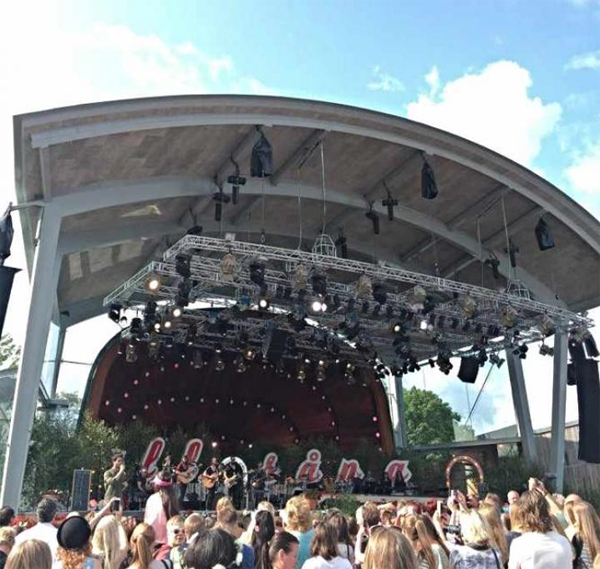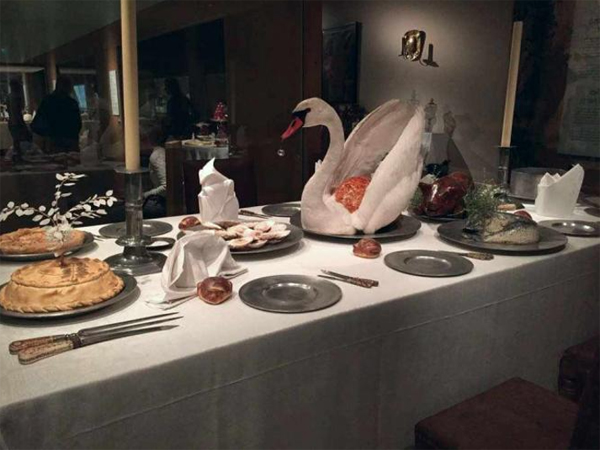Travel to Write
By Billy Lok Ming Poon
People travel for different purposes. Some travel for work while others for leisure and relaxation. Whatever the purpose, traveling is indeed something to be excited about. You can escape from your normal routine and spend some time away from your familiar surroundings. This is one of the reasons I began my research on tourism. But instead of talking about my research on tourism discourse, I want to share with you how my internship at a travel website became its point of departure.
I interned as a travel writer during my 2015 summer break and it was a fun yet challenging experience. When I first started my internship, the editors of the travel website took advantage of the fact that I was spending a holiday in Sweden and asked me to write about Sweden and Scandinavian culture. Of course, it’s always difficult for an outsider to write about foreign cultures, but this was also a great opportunity to learn about others.

A photo taken while I was doing my fieldwork in Skansen in Stockholm, Sweden. I joined the massive crowd to enjoy live performances by popular Swedish singers Allsång pa Skansen.
Like academic researchers, travel writers begin with extensive research using both online resources and guidebooks. This is a crucial step to finding out how you want to proceed, or at least to mapping out a few aspects which may be of interest to your audience. After this important step, we start to contact different restaurants for press releases and promotional photos. Articles without any photos are much less likely to attract readers, so multimodality is key here. Restaurants are usually very keen on sending us photos which best represent the quality of their products.
The steps for writing about tourist attractions differ from writing about restaurants. After identifying which attractions should be included in the article, we search for photos and information from online sources which will make a good introduction to the place. In my case, as I was physically in Sweden, I tried to visit the attractions and take some pictures myself. Some may ask: how do travel writers come to know so much about an attraction? For me, there are two ways to give myself an ‘expert-like’ status, either by reading a lot or by seeing a lot. For example, when I prepared to introduce a museum, I would read all the information panels and listen carefully to the guide. This is not a typically ‘touristy’ thing to do, but I would say it was a very rewarding experience to appreciate a foreign culture this way.

A photo that I took for my travel article in Nordiska Museet in Stockholm, Sweden.
This is how an online travel article is done. It is definitely a tough job to be a travel writer to ensure that what we recommend is of interest to our readers and what we present in the article is correct. Despite the importance of photographs, I would say the most important tool that travel writers use is language. A given tourist attraction itself plays an important role in drawing tourists, but how it is packaged and presented is equally important. Learning this on the job is how I became interested in researching tourism discourse.

Our apologies, you must be logged in to post a comment.